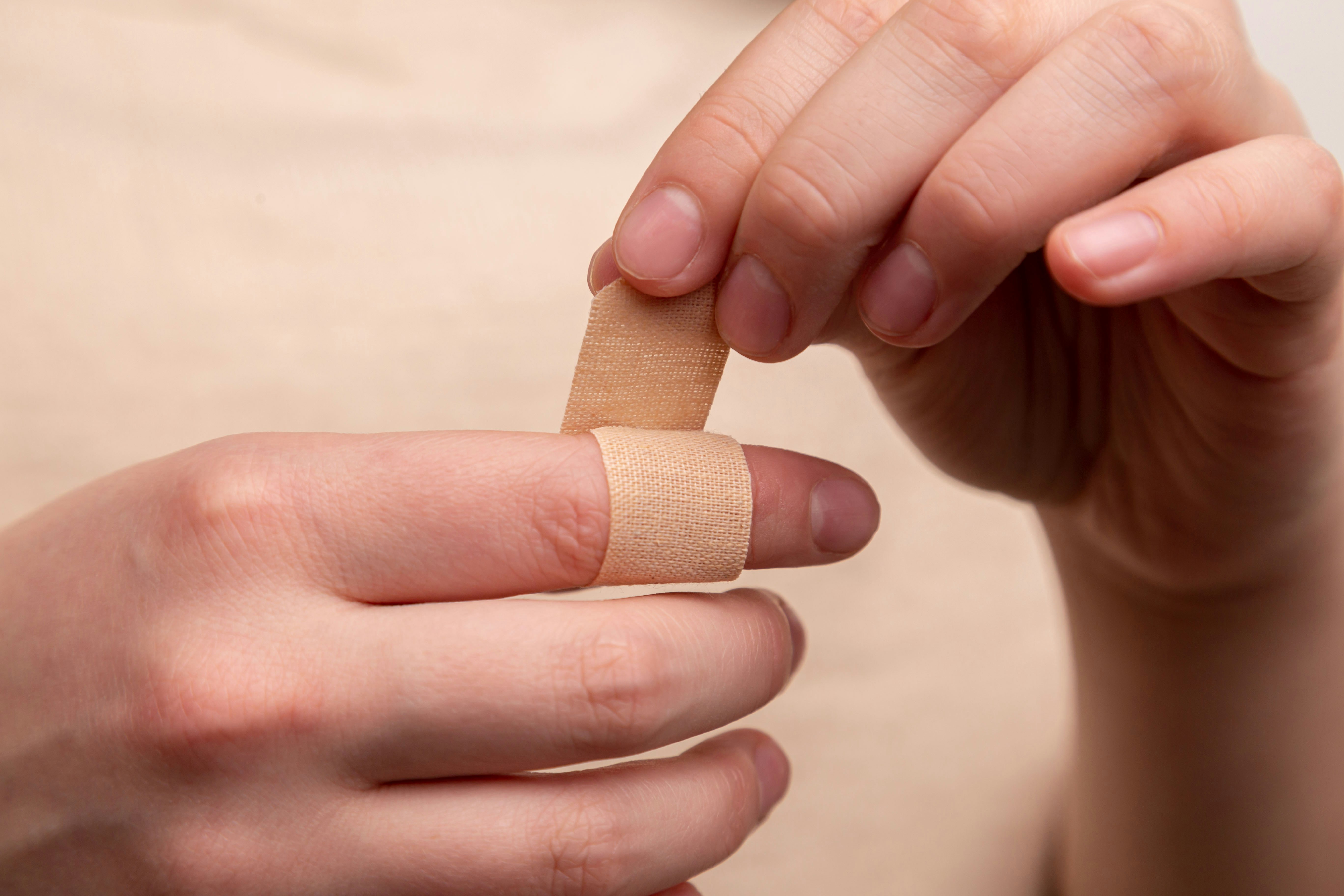Welcome to a guide on incorporating cold plunges into your post-competition athlete recovery routine. Cold plunges have been shown to have numerous benefits for athletes, including reducing inflammation, improving muscle recovery, and boosting overall performance. By incorporating cold plunges into your recovery routine, you can bounce back faster and stronger after competitions, giving your body the best chance to recover and perform at its peak. Dive in to discover how cold plunges can take your recovery to the next level.
Are you an athlete looking for new ways to enhance your recovery after competitions?
As an athlete, you are always looking for ways to optimize your recovery process after intense competitions. If you are tired of the same old routine and are seeking new methods to help your body recover faster and perform better, incorporating cold plunges into your post-competition recovery routine may be the solution you’ve been looking for. Learn more about the benefits of cold plunges and how they can help you recover more effectively.
Understanding the Benefits of Cold Plunges
Cold plunges, also known as cold water immersion therapy, involve submerging your body in cold water for a certain period of time. The cold water temperature can vary, but it is typically around 50-59 degrees Fahrenheit (10-15 degrees Celsius). Cold plunges have been used for centuries as a way to promote healing and recovery, and they offer a wide range of benefits for athletes.
Cold plunges can help reduce inflammation, decrease muscle soreness, improve circulation, and boost your overall recovery process. By exposing your body to cold water, you can constrict blood vessels and reduce swelling in your muscles, which can help speed up the recovery process and reduce the risk of injury.
Reducing Inflammation and Muscle Soreness
One of the key benefits of cold plunges is their ability to reduce inflammation and muscle soreness after intense physical activity. When you immerse your body in cold water, the cold temperature causes your blood vessels to constrict, which can help reduce swelling and inflammation in your muscles. This can lead to a decrease in muscle soreness and a faster recovery time.
Improving Circulation and Recovery
Another benefit of cold plunges is their ability to improve circulation and promote faster recovery. The cold water causes your blood vessels to constrict, which can help improve circulation and deliver oxygen-rich blood to your muscles more efficiently. This can help remove waste products from your muscles and promote faster healing and recovery.
Boosting Endurance and Performance
In addition to promoting faster recovery, cold plunges can also help boost your endurance and performance. By exposing your body to cold water, you can increase your tolerance to cold temperatures and improve your overall resilience. This can help you perform better in cold weather conditions and enhance your overall athletic performance.
How to Incorporate Cold Plunges Into Your Post-Competition Recovery Routine
Now that you understand the benefits of cold plunges, you may be wondering how to incorporate them into your post-competition recovery routine. Here are some tips to help you get started and make the most of this effective recovery method.
Timing and Duration
When incorporating cold plunges into your post-competition recovery routine, it is important to consider the timing and duration of your cold water immersion sessions. Aim to take a cold plunge within 15-30 minutes after completing your competition or workout to maximize the benefits of the therapy. Start with shorter durations, around 10-15 minutes, and gradually increase the time as your body adjusts to the cold water.
Temperature and Immersion Depth
The temperature of the water and the depth of your immersion are also key factors to consider when incorporating cold plunges into your recovery routine. Aim for water temperatures between 50-59 degrees Fahrenheit (10-15 degrees Celsius) for optimal benefits. Ensure that your entire body is immersed in the water up to your neck to experience the full effects of the therapy.
Contrast Therapy
For an added recovery boost, consider incorporating contrast therapy into your post-competition routine. Alternating between cold plunges and hot water immersion can help improve circulation, reduce muscle soreness, and promote faster recovery. Spend 1-2 minutes in cold water followed by 1-2 minutes in hot water, repeating the process 2-3 times to maximize the benefits of contrast therapy.
Breathing and Relaxation Techniques
During your cold water immersion sessions, it is important to focus on your breathing and practice relaxation techniques to help your body adjust to the cold temperature. Take slow, deep breaths and focus on relaxing your muscles to reduce tension and improve the overall effectiveness of the therapy. This can help you stay calm and comfortable during your cold plunge sessions and enhance the benefits of the therapy.
Precautions and Safety Considerations
While cold plunges can offer numerous benefits for athletes, it is important to take precautions and consider safety guidelines to ensure a safe and effective experience. Here are some key precautions and safety considerations to keep in mind when incorporating cold plunges into your post-competition recovery routine.
Gradual Adaptation
When starting with cold plunges, it is important to gradually adapt your body to the cold water temperature to avoid shock or injury. Start with shorter durations and lower temperatures, and gradually increase both as your body becomes more accustomed to the therapy. Listen to your body and pay attention to any signs of discomfort or distress to avoid overexposure to cold water.
Hydration and Nutrition
Staying hydrated and maintaining a balanced diet are essential factors to consider when incorporating cold plunges into your recovery routine. Cold water immersion can increase your heart rate and metabolism, so it is important to drink plenty of water before and after your cold plunge sessions to stay hydrated. Eating a balanced meal with carbohydrates and protein can also help replenish your energy stores and support your recovery process.
Medical Conditions and Contraindications
If you have any underlying medical conditions or health concerns, it is important to consult with your healthcare provider before incorporating cold plunges into your post-competition recovery routine. Cold water immersion therapy may not be suitable for individuals with certain medical conditions, such as heart problems, circulatory issues, or respiratory conditions. Always prioritize your safety and well-being and seek professional medical advice if you have any concerns about engaging in cold plunges.
Conclusion
Incorporating cold plunges into your post-competition athlete recovery routine can provide numerous benefits for your body and help you recover more effectively after intense physical activity. By understanding the benefits of cold water immersion therapy and following safety guidelines and precautions, you can optimize your recovery process and enhance your overall performance as an athlete. Take the time to explore the benefits of cold plunges and incorporate them into your recovery routine to experience the positive effects on your body and performance.





